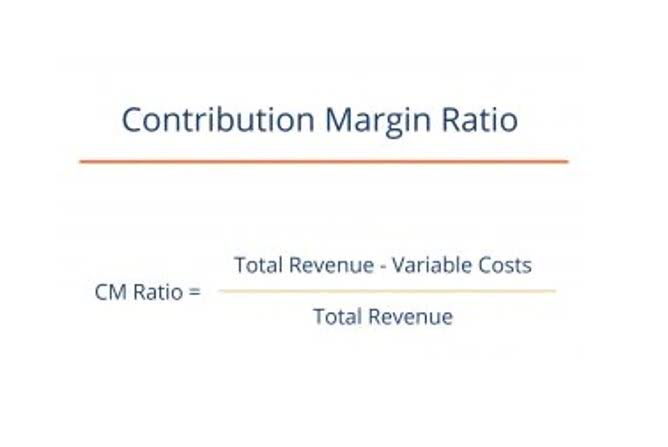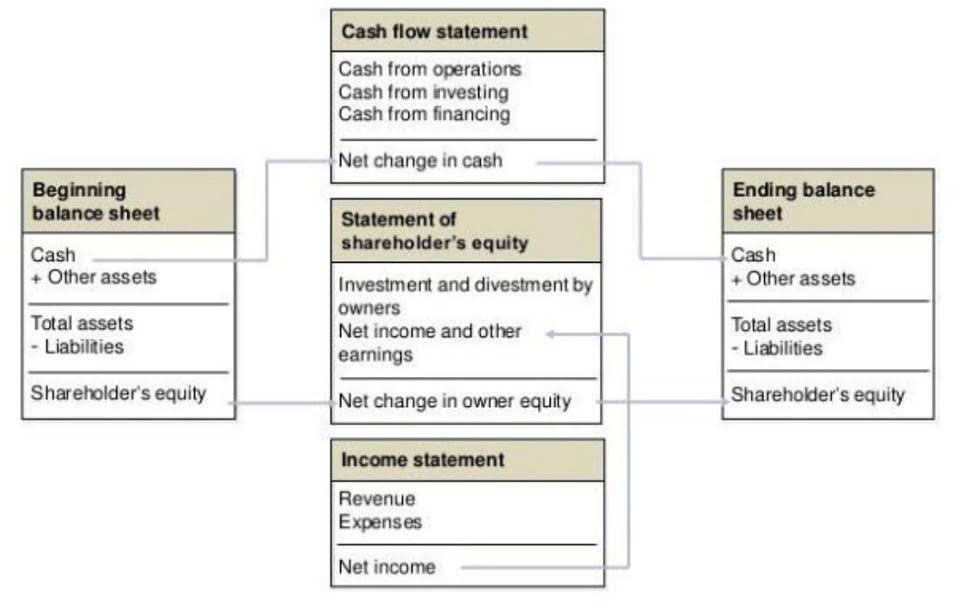What Is a Statement of Retained Earnings? What It Includes

Understanding the industry’s norms and https://www.instagram.com/bookstime_inc dynamics is crucial when interpreting retained earnings. They do not provide a forward-looking view of a company’s performance or potential risks. To make informed investment decisions, consider combining historical data with future projections and industry analysis. If the company is experiencing a net loss on its Income Statement, then the net loss is subtracted from the existing retained earnings.
- Next, add the net profit or subtract the net loss incurred during the current period, which is 2023.
- The formula to calculate retained earnings starts by adding the prior period’s balance to the current period’s net income minus dividends.
- When a company generates net income, it is typically recorded as a credit to the retained earnings account, increasing the balance.
- Now that you’ve learned how to calculate retained earnings, accuracy is key.
- The Retained Earnings account can be negative due to large, cumulative net losses.
- This amount represents the company’s profits that have been reinvested in the business.
How to calculate retained earnings – Formula, examples and video
- Stock dividends are paid out as additional shares as fractions per existing shares to the stockholders.
- Some benefits of reinvesting in retained earnings include increased growth potential and improved profitability.
- Declared dividends are a debit to the retained earnings account whether paid or not.
- We’ll explain everything you need to know about retained earnings, including how to create retained earnings statements quickly and easily with accounting software.
- There is no change in the shareholder’s when stock dividends are paid out, however, you’ll need to transfer the amount from the retained earnings part of the balance sheet to the paid-in capital.
- Retained earnings are calculated by adding/subtracting, the current year’s net profit/loss, to/from the previous year’s retained earnings, then subtracting dividends paid in the current year from the same.
In terms of financial statements, you can find your retained earnings account (sometimes called Member Capital) on your balance sheet in the equity section, alongside shareholders’ equity. In rare cases, companies include retained earnings on their income statements. Retained earnings are a type of equity and are therefore reported in the shareholders’ equity section of the balance sheet. Although retained earnings are not themselves an asset, they can be used to purchase assets such as inventory, equipment, or other investments. Therefore, a company with a large retained earnings balance may be well-positioned to purchase new assets in the future or offer increased dividend payments to its shareholders. As mentioned above, companies accumulate their profits or losses for several periods under this balance.
How Do You Calculate Retained Earnings on the Balance Sheet?
Secondly, retained earnings are economic benefits that have already occurred. This means the company has retained earnings of Rs.10,000 for the current period. Next, add the net profit or subtract the net loss incurred during the current period, which is 2023. Since Company A made a net profit of $30,000, we will add $30,000 to $100,000. To summarise, the total market value of the company should not change, but what should change is the per-share market value, which will decrease.

Example of Retained Earnings Calculation
Retained earnings reflect a company’s financial health and responsibility. It can be used to pay dividends, invest in business growth, or saved as a safety net for tough times. While retained earnings are important, they should not be viewed in isolation. They are part of a bigger financial picture that gives insight into your company’s overall performance. Understanding how retained earnings fit with is retained earnings a liabilities other financial metrics helps guide smarter business decisions for long-term success and sustainability. Retained Earnings (RE) are the part of a business’s profits that aren’t given to shareholders as dividends.
How to Calculate Retained Earnings: Formula and Example
Lastly, many firms overlook the opportunity cost of using retained profits, resulting in less effective use of funds. You can find the beginning retained earnings on your balance sheet for the prior period. Your company’s equity investors, who are long term investors, will seek periodic payments in the form of dividends as a return on the money invested by them in your company. No, Retained Earnings represent the cumulative profit a company has saved over time. While increasing retained earnings may signal financial stability and growth potential, it doesn’t guarantee future success. Economic, industry, and market conditions can change, impacting a company’s performance.
Business owners should use a multi-step income statement that also separates the cost of goods sold (COGS) from operating expenses. Retained earnings are important because they can be used to finance new projects or expand the business. Reinvesting profits back into the company can help it grow and become more profitable over time. The other is an action on the part of the board of directors to increase paid-in capital by reducing RE. Up-to-date financial reporting helps you keep an eye on your business’s financial health so you can identify cash flow issues before they become a problem. Retained earnings provide a much clearer picture of your business’ financial health than net income can.
- You can find the beginning retained earnings on your balance sheet for the prior period.
- You can pull this info from your company’s records or bank statements.
- However, it is more difficult to interpret a company with high retained earnings.
- This is just a dividend payment made in shares of a company, rather than cash.
- With the relative infrequency of material errors, the use of this type of adjustment has been virtually eliminated.
- It’s important to note that retained earnings are cumulative, meaning the ending retained earnings balance for one accounting period becomes the beginning retained earnings balance for the next period.

As a result, the firm will be less able to pay a dividend than before the purchase was accomplished. To naïve investors who think the appropriation established a fund of cash, this second entry will produce an apparent increase in RE and an apparent improved ability to pay a dividend. GAAP specifically prohibits this practice and requires that any appropriations of RE appear as part of stockholders’ equity. Any probable and estimable contingencies must appear as liabilities or asset impairments rather than an appropriation of RE.

For example, if you’re looking to bring on investors, retained earnings are a key part of your shareholder equity and book value. This number’s a must.Ultimately, before you start to grow by hiring more people or launching a new product, you need a firm grasp on how much money you can actually commit. Due to the nature of double-entry accrual accounting, retained earnings do not represent surplus cash available to a company. Rather, they represent how the company has managed its profits (i.e. whether it has distributed them as dividends or reinvested them in the business). When reinvested, those retained earnings are reflected as increases in assets (which could include cash) or reductions to liabilities on the balance sheet. Assuming your business pays its shareholders dividends (stock or cash), you’ll need to factor those into your calculations.
While a T-shirt can remain essentially unchanged for a long period of time, a computer or smartphone requires https://www.bookstime.com/bookkeeping-services/san-jose more regular advancement to stay competitive within the market. Hence, the technology company will likely have higher retained earnings than the T-shirt manufacturer. The par value of a stock is the minimum value of each share as determined by the company at issuance. If a share is issued with a par value of $1 but sells for $30, the additional paid-in capital for that share is $29. Revenue is the total amount of income generated by the sale of goods or services related to the company’s primary operations.
